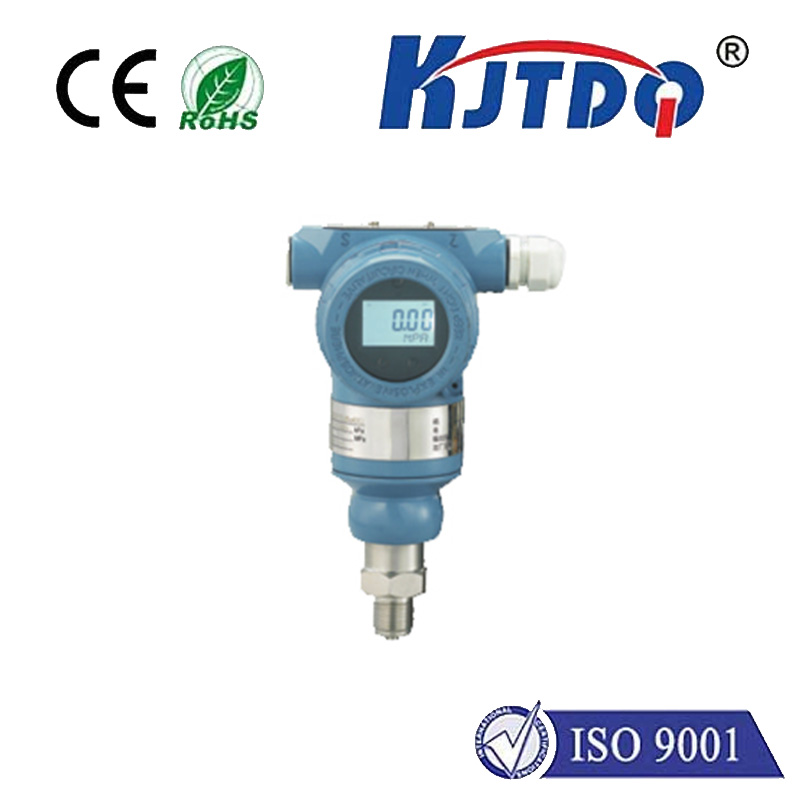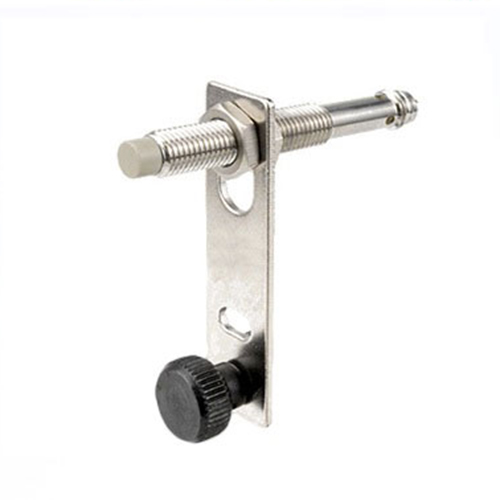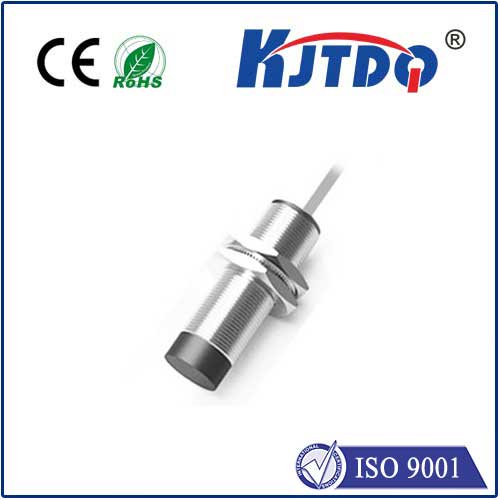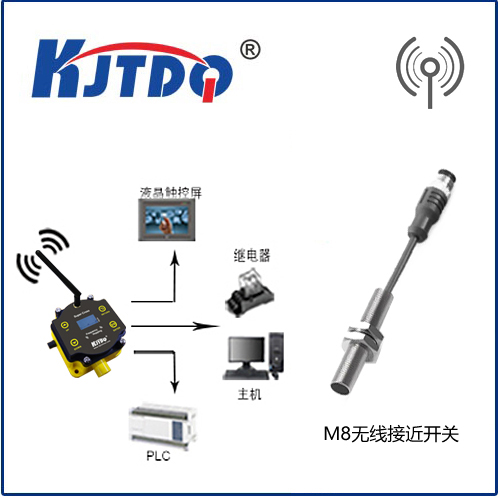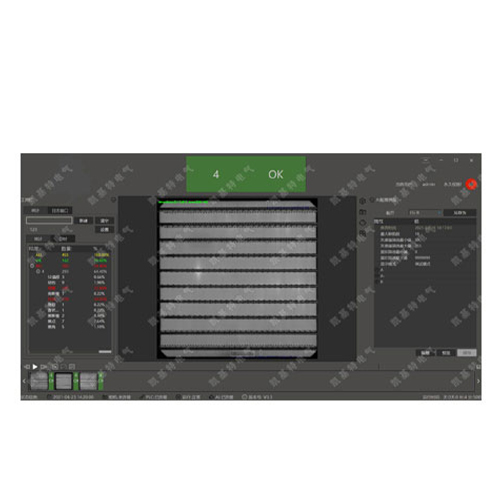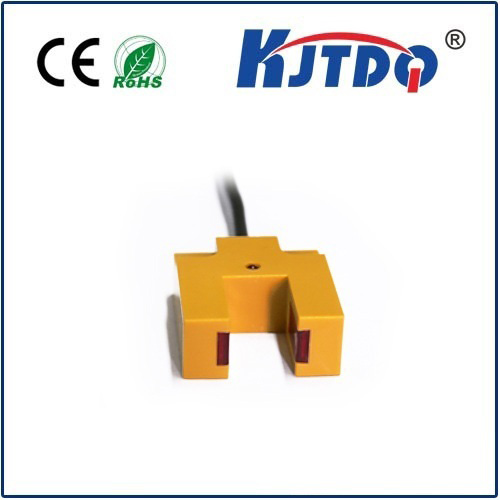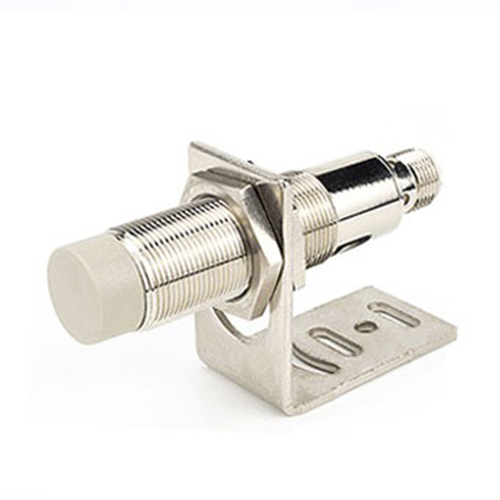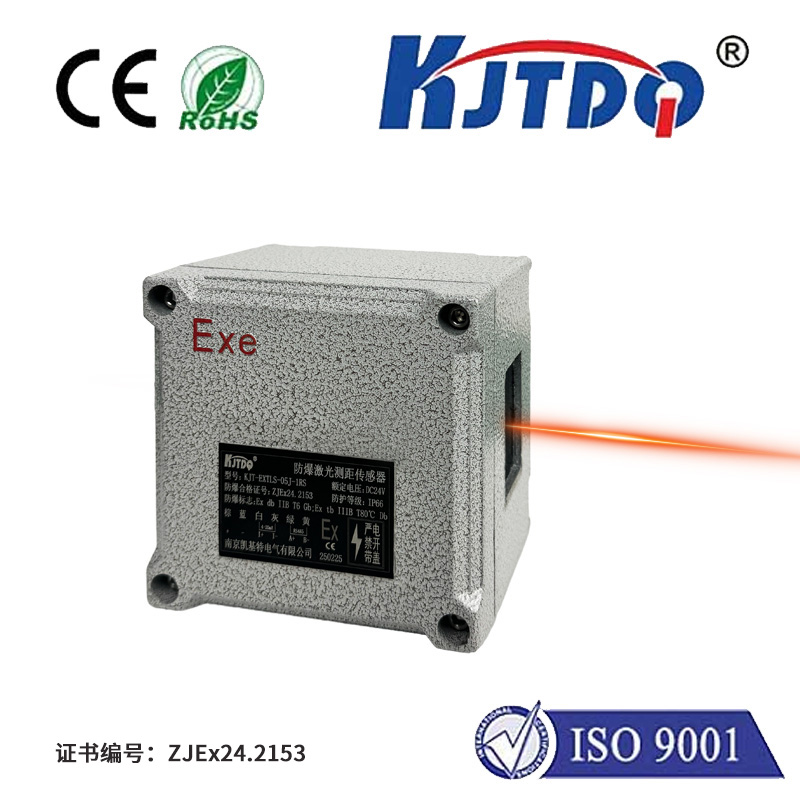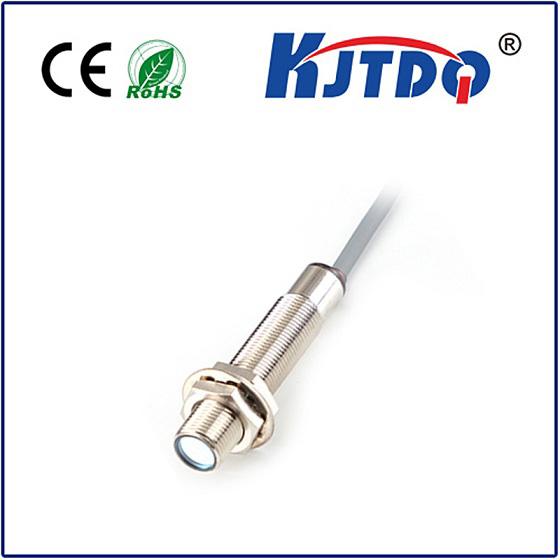

check

check

check

check

check

check

check

check

check

check
Title: The Revolutionizing Impact of Laser PM Sensor on Modern Industries
Introduction:
In today's era of rapid technological advancement, the integration of innovative sensors has brought about significant changes in various industries. One such sensor that has revolutionized industrial processes is the laser PM sensor. This state-of-the-art device has transformed the way manufacturers monitor and control particulate matter (PM) in the air or liquid. In this article, we will delve into the key features and applications of the laser PM sensor, highlighting its impact on modern industries.
Section 1: What is a Laser PM Sensor?
A laser PM sensor is a type of air or liquid particle measurement device that utilizes advanced optical technologies to detect and measure particulate matter in real-time. Unlike traditional particulate matter sensors that rely on mechanical or electromechanical methods, laser PM sensors utilize a high-powered laser beam to create an optical image of the air or liquid flow. By analyzing the shape, size, and density of the particles in the flow, the sensor can accurately determine their mass concentration and provide valuable insights into the quality of the process air or liquid.

Section 2: Key Features of a Laser PM Sensor
One of the primary advantages of a laser PM sensor is its ability to detect ultra-fine particles with high precision. This feature makes it ideal for monitoring and controlling particulate matter in environments where traditional sensors would struggle to achieve accurate results. Additionally, laser PM sensors are highly efficient and can operate continuously without any downtime due to wear and tear. They are also resistant to environmental factors such as temperature, humidity, and vibration, making them suitable for use in harsh working conditions.
Another notable feature of a laser PM sensor is its ability to integrate with modern control systems and automation technologies. Many laser PM sensors are equipped with built-in communication interfaces that allow them to transmit data directly to a central system, enabling real-time monitoring and control of particulate matter levels. This feature not only improves operational efficiency but also enhances safety by providing timely alerts in case of unexpected changes in particle concentrations.
Section 3: Applications of a Laser PM Sensor
The widespread adoption of laser PM sensors has led to numerous innovations across various industries, including manufacturing, mining, pharmaceuticals, and food processing. Here are some examples of how these sensors are being used to improve industry processes:
1. Manufacturing: Laser PM sensors are commonly used in factories to monitor air quality and control dust levels. By detecting and eliminating particulate matter at the source, manufacturers can reduce maintenance costs, improve product quality, and enhance worker safety.
2. Mining: In underground mines, laser PM sensors help operators monitor dust levels and prevent accidents caused by excessive dust accumulation. This technology ensures a safe and healthy working environment for miners and reduces the risk of respiratory diseases associated with exposure to hazardous particulates.
3. Pharmaceuticals: Laser PM sensors are utilized in drug manufacturing facilities to monitor the cleanliness of processing equipment and ensure compliance with strict hygiene standards. This helps maintain the quality of drugs and safeguard patient health.
4. Food Processing: In food processing plants, laser PM sensors are employed to control microbial growth and eliminate contamination risks. By monitoring air and liquid conditions, manufacturers can maintain optimal processing conditions and produce high-quality food products that meet regulatory requirements.
Conclusion:
The revolutionary impact of laser PM sensors on modern industries cannot be overstated. With its unparalleled accuracy, efficiency, and versatility, this advanced sensor technology has transformed the way manufacturers monitor and control particulate matter in air and liquid environments. From enhancing workplace safety and improving product quality to reducing environmental impacts and increasing operational efficiency
